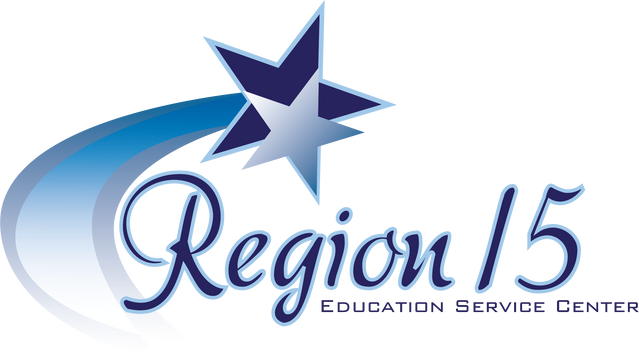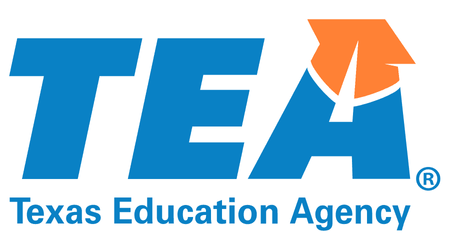Pre-K Requirements & High Quality Pre-K
(HQPK)


Click a button to go directly to that information.
High-Quality Pre-K
HQPK Requirements Include:
- Pre-K Eligibility
- Additional Teacher Qualifications
- Curriculum
- Student Progress Monitoring
- Data Reporting
- Family Engagement
- Teacher to Student Ratio
- Program Evaluation
For information regarding 3-year-old Pre-K Programs, click the "General Pre-K FAQs" button.
Click to see on TEA's page.
Scroll down to next page for quick list.
Home
pRE-k ELIGIBILITY
Eligibility Requirements for Pre-K:
- Unable to speak and comprehend the English language
- Educationally disadvantaged according to NSLP guidelines in sections 4 & 6 of the Administrator's Reference Manual (ARM)
- Homeless as defined by 42 USC, §11434a
- Child of an active-duty member of the armed forces of the United States
- Child of an active-duty member of the armed forces who was injured or killed while serving on active duty
- Currently or has ever been in the conservatorship of DFPS
- Child of a person eligible for the Star of Texas Award for a:
- Peace Officer (Texas Government Code §3106.002)
- Firefighter (Texas Government Code §3106.003)
- Emergency Medical First Responder (Texas Government Code §3106.004)
Home
teacher qualifications
If your district needs coaching for your Pre-K teacher(s) in order to meet one of the additional requirements for HQPK, please contact ESC 15's Early Childhood Specialist.
Carey Peacock
Personnel teaching eligible four-year-old students in Texas must be appropriately certified to teach prekindergarten and have an “additional qualification.”
Statute: TEC §29.167 (b)
Commissioner’s Rule: TAC §102.1003 (d)
Home

Instructional Support
Do you have teachers in need of in-class coaching in order to meet the HQPK Additional Teacher Requirements?

If so, contact us so we can create a plan for your teacher(s) and your district!
Carey Peacock
Early Childhood Specialist

- Head Start and Childcare classroom teachers may participate in a 3-year project that provides curriculum, coaching, training in best practices, and incentive pay at the end of each year of participation.
- The TSR Project is available for Head Start and Childcare teachers who work with infants, toddlers, three-year-olds, and Pre-K students.
- Contact AJ Braden if interested. Amanda.Braden@esc15.net
Home
2022 Texas Pre-K Guidelines
PKG Side-by-Side Comparison PK4
(Highlights changes from 2015 to 2022)
PKG Side-by-Side Comparison PK3
(Highlights changes from 2015 to 2022)
Home
curriculum
A Prekindergarten teacher's primary focus is to teach what is included in the Texas Pre-K Guidelines (TPGs). Using the TPGs, teachers can work across subjects to provide many rich opportunities for children to acquire knowledge and skills through intentional play and exploration experiences.
Adopted curricula are instructional materials and resources meant to enhance the teaching of the TPGs.
**Districts may use a locally designed curriculum as long as the curriculum aligns with the 2022 Texas Prekindergarten Guidelines.
The district should have evidence of the alignment of their locally designed curriculum to the 2022 Texas Prekindergarten Guidelines.
Instructional Materials Adoption List
Complete list of all available curricula from Proclamation 2021
Texas Resource Review Quality Rubric
Rubric by which TEA & TRR scored each available curriculum
Progress Monitoring
Districts and open-enrollment charters must collect data regarding student progress in the following 5 required domains: (The corresponding assessment measure in CIRCLE Progress Monitoring is in red.)
- Emergent Literacy: Language and Communication (Rapid Vocabulary)
- Emergent Literacy: Reading (Rapid Letter Naming)
- Emergent Literacy: Writing (Early Writing Skills Checklist)
- Mathematics (All measures within core Mathematics)
- Health and Wellness (All measures within the Social & Emotional Checklist)
- Phonological Awareness is highly recommended since it is foundational to reading readiness.
These must be assessed at both the beginning (BOY - within first 60 days) and end (EOY) of the year by using one or more of the tools on the Commissioner's list. This raw data is submitted to the Early Childhood Data System (ECDS) annually.
*MOY assessments are not required but highly recommended for accurate data driven instruction.*
Home
data reporting/ecds
- Conduct BOY assessments using an approved tool within the first 60 days of starting school.
- Conduct EOY assessment using an approved tool
- BOY & EOY assessments must include ALL 5 required domains.
- Notify families about student progress at least 3 times per year. (Utilizing MOY assessments are highly encouraged.)
- Submit BOY & EOY assessment data into ECDS between November 13, 2023 and June 27, 2024.
- BOY recommended assessment window
- ECDS window opens for BOY submission
- MOY assessment window
- EOY assessment window
- ECDS window closes for BOY & EOY sumbissions
Within the first 60 days of starting school
November 13, 2023
January 2024 - February 2024
April 2024 - May 2024
June 27, 2024
Home
family engagement

Strong family engagement is central to promoting children’s development and supporting their academic achievement.
LEAs are required to create a Family Engagement Plan specific to their Pre-K program.
The Family Engagement Plan must be accessible online, and a direct link to the FEP must be submitted when uploading data into ECDS.
Here are a couple of sample templates to help your district get started:
Home
teacher - student ratio

Teacher/student ratios are a key quality indicator in early childhood education. Better ratios are instrumental in improving child outcomes by increasing opportunities for the teaching staff to maximize the individual interactions and educational instruction given to each student.
For HQPK:
:
*Districts may not enroll more than 22 Pre-K students in a classroom.
Home
program evaluation
This high-quality component encompasses an ongoing process to improve student outcomes. It involves internal reflection and an evaluation of current practices to identify areas of strength and opportunities for growth as a means for continuous improvement.
Here are a couple of pre-recorded webinars that explain the HQPK Evaluation and the HQPK Self-Assessment to help your district get started.
Home

